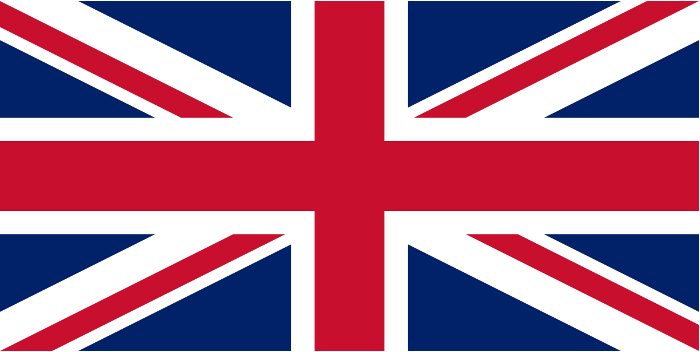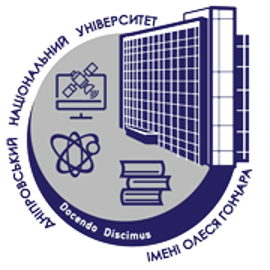Протидія плагіату
Журнал «Дослідження з історії і філософії науки і техніки» («Studies in History and Philosophy of Science and Technology») приймає до публікації тільки оригінальні матеріали, статті, які не були опубліковані раніше і не подавалася для публікації в інший журнал
Редакційна колегія розглядає як плагіат умисне, недбале чи недоброчесне використання інтелектуальної власності, повне або часткове копіювання тексту іншого автора без посилання на нього. Автори несуть повну персональну відповідальність за оригінальність поданих на рецензування матеріалів, а також за дотримання етики наукового цитування. Плагіат у будь-якій його формі є неприйнятним.
Усі подані на рецензування матеріали проходять процедуру перевірки оригінальності тексту за допомогою відповідного програмного забезпечення. Рукописи, в яких виявлено плагіат чи текстові запозичення без посилань на першоджерело, відхиляються редакційною колегією від опублікування у журналі.
Автори несуть відповідальність за отримання дозволу на авторське право для відтворення ілюстрацій, таблиць, малюнків, запозичених у інших авторів та/або з інших джерел.
Політика перевірки на плагіат
Рукописи, в яких виявлено плагіат, оцінюються редакційною колегією відповідно обсягу виявленого плагіату. Якщо відсоток плагіату знаходиться в межах від 10 % до 15% – рукопис відправляється авторам для перегляда змісту та повторного подання до розгляду в новому варіанті рукопису; якщо плагіат перевищує 15% – рукопис відхиляється без редакційного рецензування. Авторам рекомендується переглянути текстові запозичення і плагіат рукопису та повторно подати в новому рукописі.
Рекомендації щодо уникнення плагіату
- Використовуйте лапки для будь-якого текстового фрагменту обсягом від речення і більше, взятий дослівно або з незначними змінами з джерела (з посиланням на це джерело).
- При довільному переказі тексту іншого автора посилання на автора повинно міститися бодай один раз у кожному абзаці тексту довільного переказу.
- Якщо цитата наводиться не за першоджерелом, має бути наведено посилання на безпосереднє джерело цитування («цитується за: »)
- Не змінюйте частини цитати в контексті речення
- Використовуйте окремі знаки для цитати в цитаті
- Використовуйте три крапки (пробіл і три крапки) для частини опущеної цитати
- Використовуйте дужки для доданих власних слів
Плагіат після публікації
Виявлений післі опублікування статті плагіат аналізується редакційною колегією. За фактом виявленого плагіату редакційна колегія зв'яжеться із автором. Сторінки, що містять плагіат, буде позначено у PDF-файлі. Залежно від масштабу плагіату, документ також може бути відкликано або видалено.





